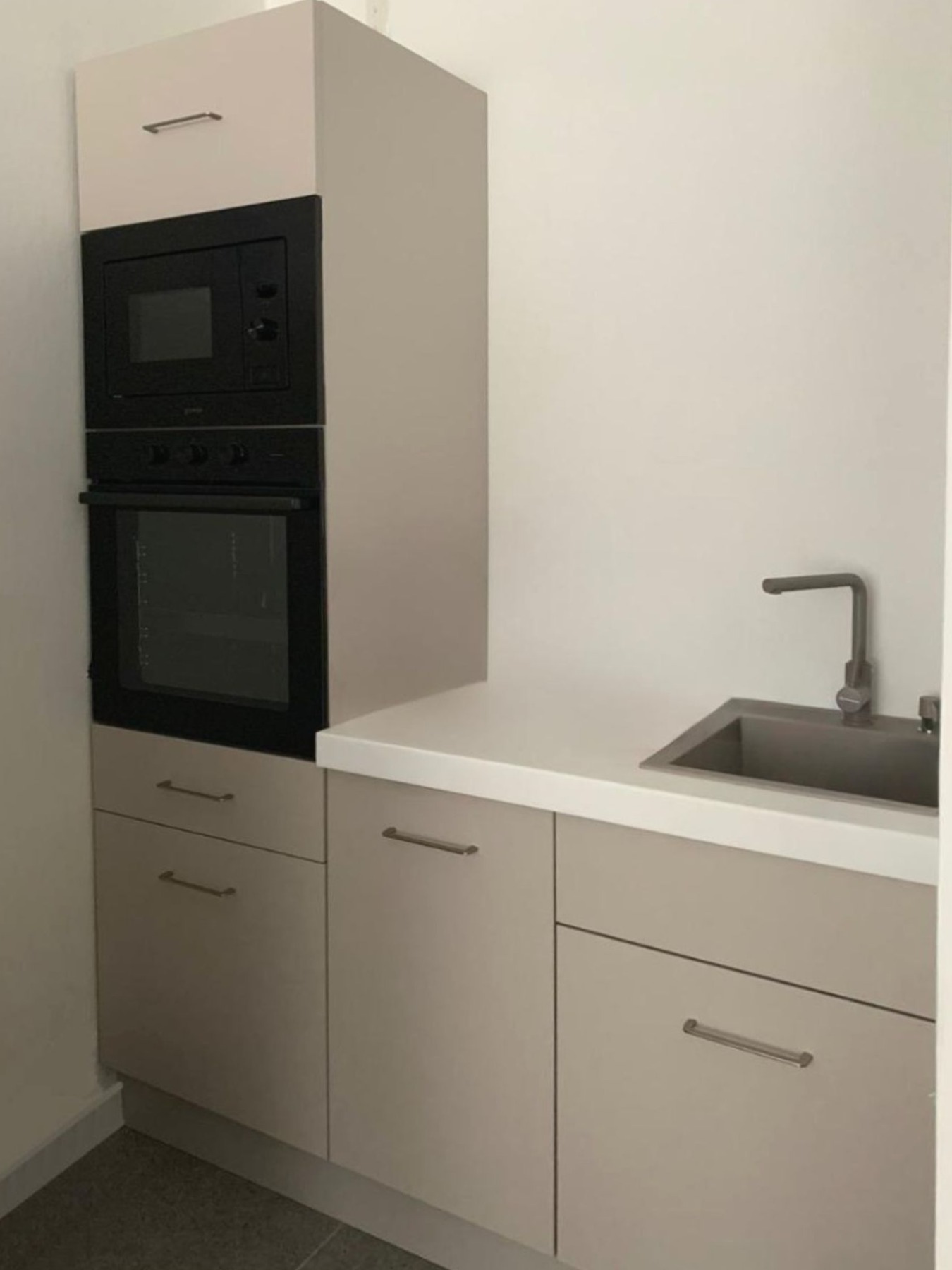
Culinary Spaces Transformed Elegantly
Introduction to Elegant Culinary Spaces
The kitchen, once a purely functional space tucked out of sight, has evolved into a central hub of the home. An elegant culinary space is more than just a place for meal preparation; it's a gathering spot, a dinning area, and a showcase of design. This article delves into the transformative approaches to creating stylish and sophisticated culinary spaces that blend functionality with beauty.
The Rise of Open-Concept Kitchens
Open-concept kitchens have revolutionized the way we interact in our culinary spaces. This design encourages social engagement by merging the kitchen with living and dining areas. These open spaces allow for a more communal experience while cooking and entertaining, and they can make a home feel larger and brighter. To enhance the fluidity of these spaces, designers often select sleek cabinetry, cohesive color palettes, and integrated appliances that create a look of elegant simplicity.
Choosing the Right Materials
The materials used in a kitchen are essential to its overall elegance. High-quality stone countertops, such as marble or quartz, can add a touch of luxury and timeless beauty. Hardwood floors or designer tiles contribute warmth and can complement the style of your cabinets and fixtures. When selecting materials, it's crucial to balance durability with aesthetics to ensure your culinary space remains both stunning and practical.
Functional Elegance with Smart Technology
Modern culinary spaces are embracing smart technology to combine elegance with cutting-edge functionality. High-tech appliances that seamlessly integrate with smart home systems can make for a more efficient and intuitive kitchen experience. From smart ovens that you can control from your smartphone to refrigerators that help manage your groceries, technology is being elegantly incorporated into the fabric of culinary design.
Lighting: Setting the Mood
Lighting plays a pivotal role in creating an elegant atmosphere in the kitchen. Layering different types of lighting – task, ambient, and accent – can influence the mood and functionality of the space. Designers often employ stunning light fixtures as focal points, while hidden LED strips and under-cabinet lighting can provide a soft glow that highlights the kitchen's features and creates depth.
Maximizing Storage with Style
A cluttered kitchen can detract from its elegance. Innovative storage solutions that hide away appliances and cooking tools without compromising on accessibility are key. Custom cabinets with built-in organizers, pull-out shelves, and soft-close drawers can elevate a kitchen's utility while maintaining a sleek, tidy appearance.
The Impact of Color and Texture
The use of color and texture can greatly influence the ambiance of a culinary space. Neutral palettes with pops of color through backsplashes or decorative objects can maintain an airy and chic look. Textured finishes such as brushed brass fixtures or shiplap walls can add character and depth, infusing the space with a modern yet refined allure.
Conclusion: The Art of Elegance in Culinary Design
Culinary spaces have transcended their traditional roles to become artistic expressions of personal style and elegance. The careful consideration of layout, materials, technology, lighting, storage, and color transforms these areas into more than just functional spaces; they are elegantly designed parts of our homes where we love to spend time. As we continue to reimagine our kitchens, the fusion of beauty and practicality will remain at the heart of what makes a culinary space truly elegant.